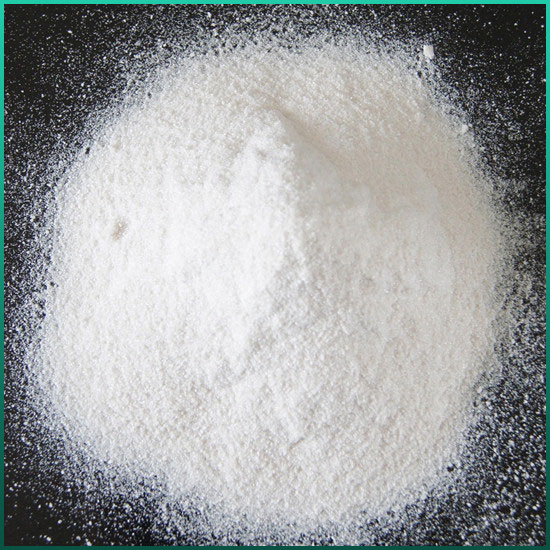What are the safety considerations when working with 9H-fluorene in a laboratory?
2023-10-18
When working with 9H-fluorene in a laboratory, it is essential to take proper safety precautions to protect yourself and others. Here are some safety considerations to keep in mind:
1. Personal Protective Equipment (PPE): Wear appropriate PPE, including lab coats, gloves, safety goggles, and closed-toe shoes, to protect your skin and eyes from potential contact with 9H-fluorene.
2. Ventilation: Work with 9H-fluorene in a well-ventilated area, such as a fume hood, to prevent inhalation of vapors or dust particles.
3. Handling: Handle 9H-fluorene with care and avoid any unnecessary contact. Minimize skin exposure and avoid ingestion or inhalation.
4. Storage: Store 9H-fluorene in a designated, properly labeled container in a cool, dry place, away from direct sunlight and incompatible materials.
5. Fire Safety: 9H-fluorene is flammable; avoid open flames and ensure the lab is equipped with appropriate fire safety equipment.
6. Chemical Compatibility: Be aware of the chemical compatibility of 9H-fluorene with other materials in the lab to prevent accidental reactions or hazards.
7. Spills and Cleanup: In the event of a spill, promptly contain and clean it up using appropriate procedures and spill control materials. Dispose of contaminated materials properly.
8. Disposal: Follow proper disposal procedures for 9H-fluorene and any related waste materials, adhering to local regulations and guidelines.
9. First Aid: Know the appropriate first aid measures in case of accidental exposure, and seek medical attention if necessary.
10. Emergency Procedures: Familiarize yourself with the lab's emergency procedures and locations of safety equipment, such as eyewash stations and safety showers.
11. Labeling and Communication: Clearly label containers of 9H-fluorene with the chemical name, concentration, and any associated hazards. Communicate any potential risks to lab personnel and others working in the area.
12. Training and Awareness: Ensure that all lab personnel working with 9H-fluorene are adequately trained in its handling, safety procedures, and emergency response.
13. Chemical Compatibility: Be aware of the chemical compatibility of 9H-fluorene with other materials in the lab to prevent accidental reactions or hazards.
14. Handling in a Dry Environment: Avoid handling 9H-fluorene in a wet or humid environment, as it can be sensitive to moisture.
15. Precautions for Pregnant or Nursing Individuals: Pregnant or nursing individuals should exercise extra caution when handling 9H-fluorene, and they should consult with their healthcare provider and supervisor about any potential risks.
Always refer to the Material Safety Data Sheet (MSDS) or Safety Data Sheet (SDS) for 9H-fluorene, and adhere to the safety recommendations provided by the manufacturer. Following proper safety protocols is crucial for preventing accidents and ensuring a safe working environment when handling 9H-fluorene in the laboratory.



